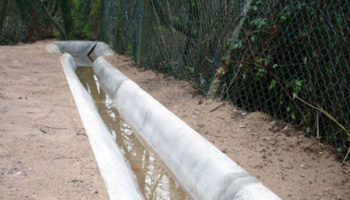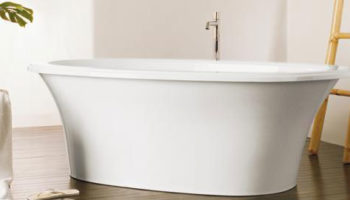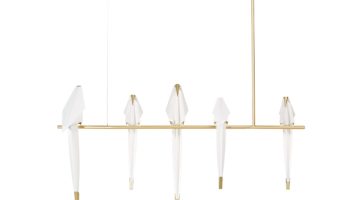Tina Hovsepian’s Cardborigami Provides Shelter to Those in Need
Apparently, this is the week for interesting coinages here at 3rings. After recently hearing of how plastic can be made out of wood with Arboform, today we'll delve into how a lightweight, waterproof, easily-transportable, and structurally-sound emergency shelter can be fashioned from corrugated cardboard. With the help of the elegant geometric stylings of the ancient Japanese art of paper folding, Cardborigami arises from the hands of aid workers to render an immediate safe haven for victims of natural disasters.
Cardborigami. Designed by Tina Hovsepian.
The creator of this innovative and sustainable structure is Los Angeles' Tina Hovsepian. The recent graduate of USC's School of Architecture has a consuming interest in humanitarian causes, especially the plight of the homeless in L.A., and Cardborigami allowed her to synthesize this interest with her architectural studies.
The key to Cardborigami's success is the folding application. The temporary shelters are mechanically scored to create uniform folds among units; thus, they're as easy to un-fold as they are to package away. And they're quite lightweight: one person can easily deploy and transport a Cardborigami shelter. The cardboard is also treated with fire retardant and a water-proofing solution, so they provide a dry and safe temporary shelter.
Hovsepian's initial concept for a temporary cardboard shelter was "as an alternative to the standard-sized Airstream trailer" often deployed to help emergency victims: "the main concept was to have a trailer that would be sent to a site where temporary shelter was needed and the trailer could then be opened to become a community center or have portions of the structure taken apart and used by individuals or families as needed." This auspicious idea involved Velcro joints between the single Cardborigami units for easy disassembly and re-assembly as temporary shelters. Hopefully, Hovsepian will perfect the original idea soon. For now, Cardborigami represents just the kind of approach we need for these kinds of humanitarian concerns-it's smart and sustainable, easy to manufacture, easy to deploy, and inexpensive.








Leave a Reply